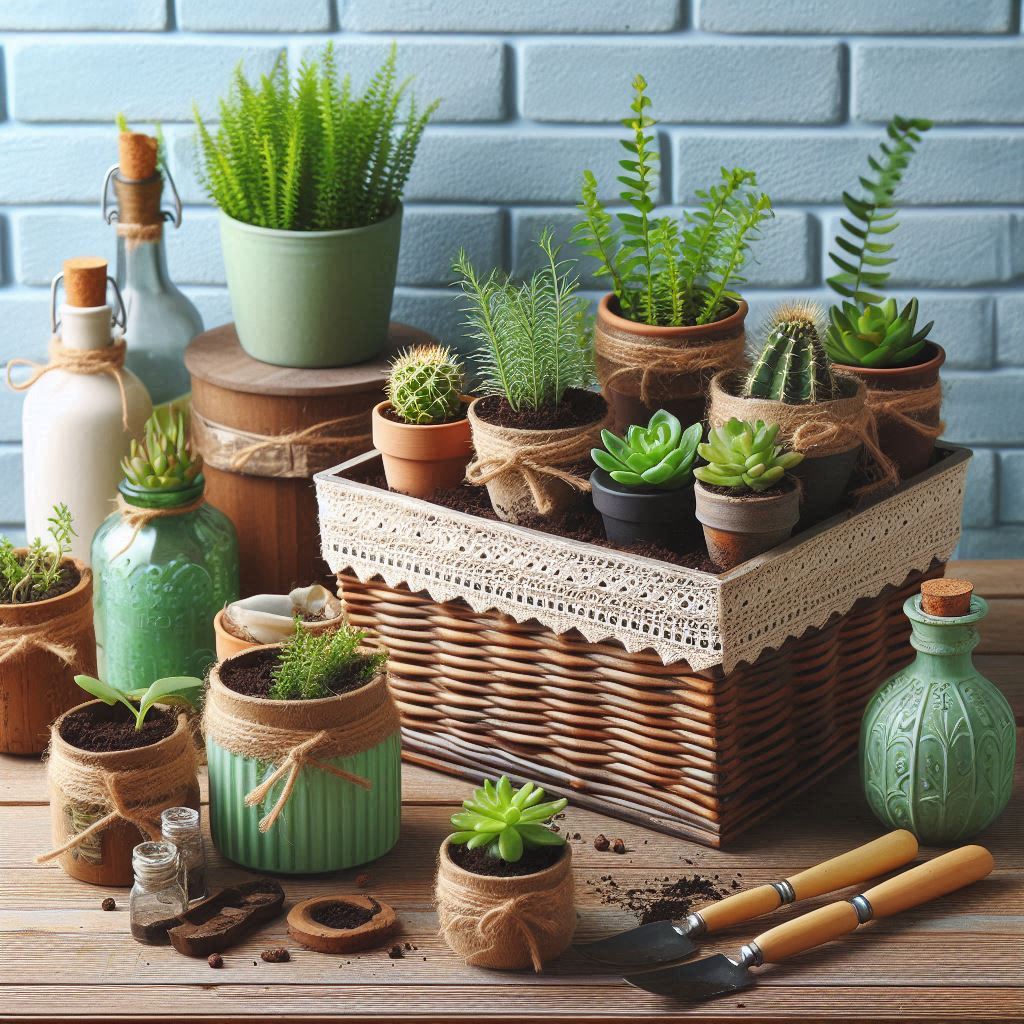Ever dreamed of having a lush and vibrant garden but felt discouraged by the cost of buying planters? Don’t let that stop you! Container gardening allows you to grow beautiful flowers, herbs, and even vegetables in almost any space, and the best part is, you don’t need to break the bank on pots. With a little creativity and resourcefulness, you can find a plethora of free containers hiding in plain sight, waiting to be transformed into blossoming havens for your plants.
This guide will unveil 15 fantastic places to unearth free gardening containers, turning your green thumb aspirations into a thriving reality. Let’s get digging (metaphorically, of course)!
1. Repurposing Plastic Containers in Your Home
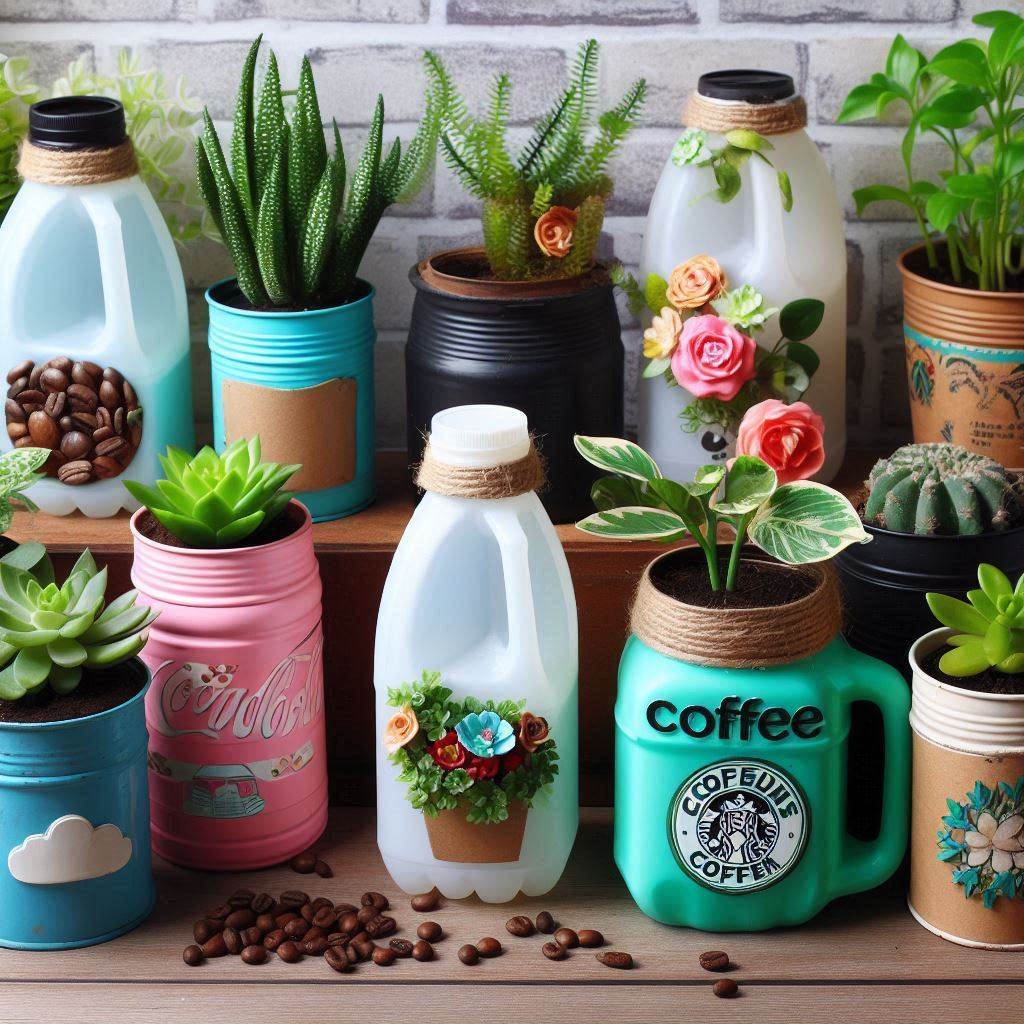
- Milk jugs (gallon size is ideal): Rinse them thoroughly, remove labels, and poke a few drainage holes in the bottom with a nail or screwdriver. These are perfect for herbs, small flowers, or starting seedlings.
- Coffee Cans and Tea Tins: These charming containers are perfect for herbs or succulents. Clean them well, add drainage holes, and consider painting them for a personalized touch.
- 2-Liter Bottles: Cut the bottle in half horizontally to create two planters. Ideal for smaller herbs or trailing plants like vining vegetables.
Pro Tip: When using plastic containers, ensure they are labeled with a recycling number 1 or 2 (HDPE or PET) for safe planting.
2. Repurposing Egg Cartons
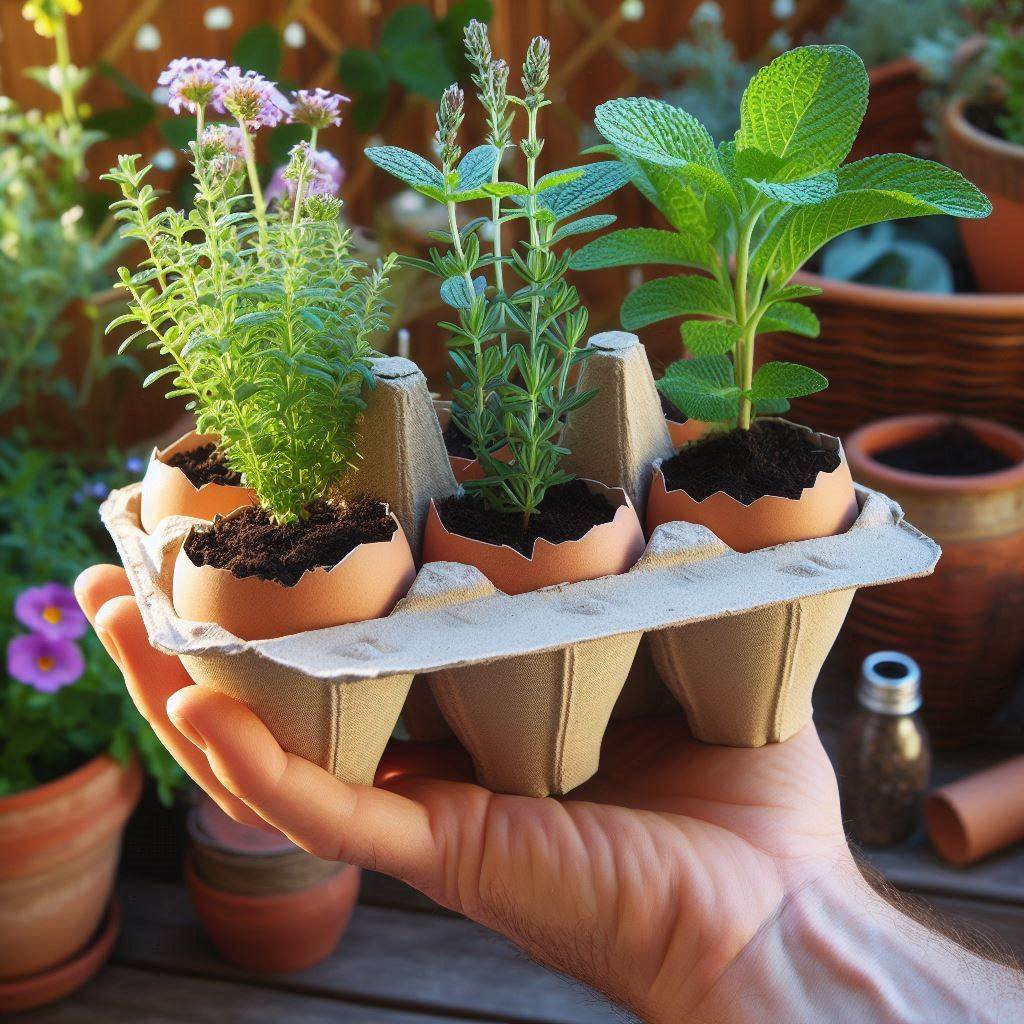
Egg cartons are perfect for starting seeds. Separate the compartments and poke drainage holes. You can even transplant seedlings directly into the carton when they’re ready.
3. Upcycling Sturdy Buckets
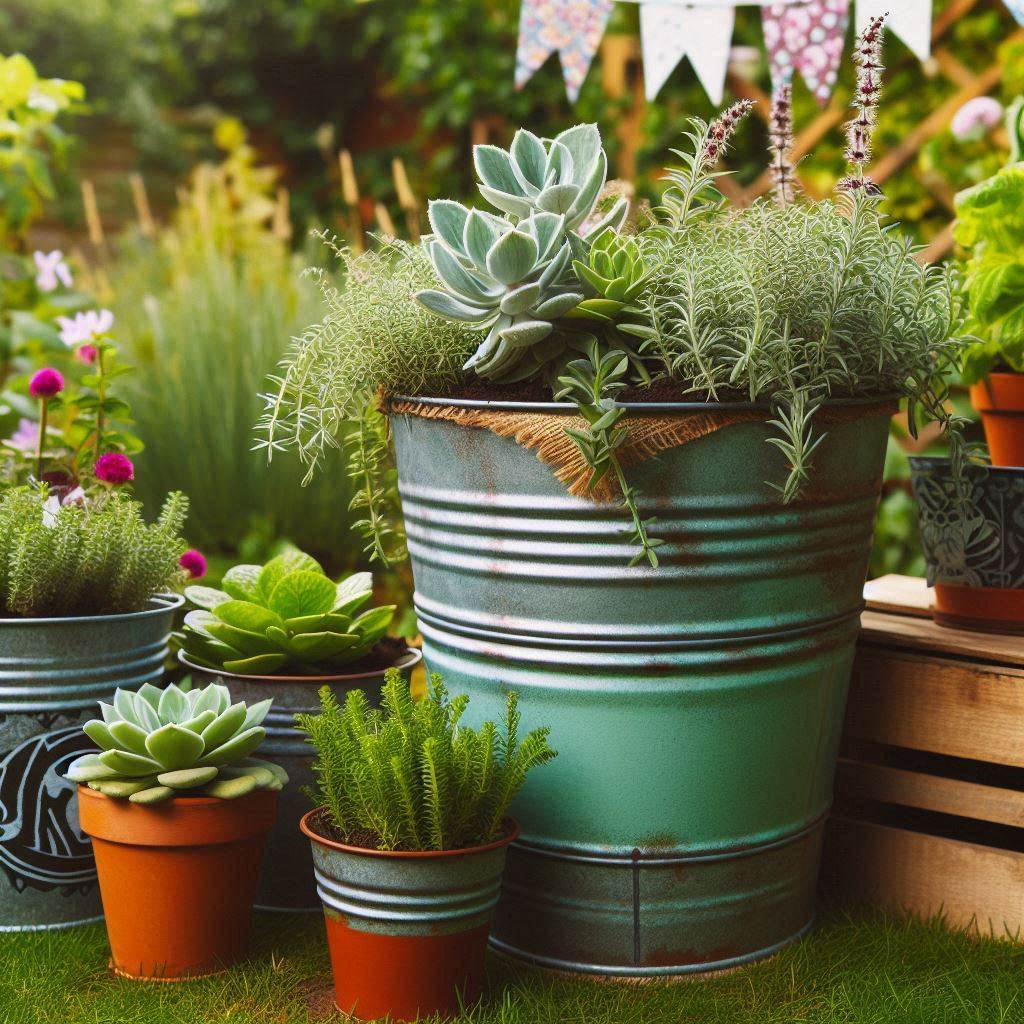
Don’t be so quick to toss out those worn-out household items! With a little imagination, they can transform into unique and stylish planters. Sturdy buckets, especially those made of food-grade plastic, are excellent choices for larger plants. Drill drainage holes and consider painting them with fun designs.
4. Upcycling Old Colanders

Colanders are perfect for herbs that require good drainage. They already have drainage holes built-in, and their elevated design allows for air circulation.
5. Boot Scootin’ Planters
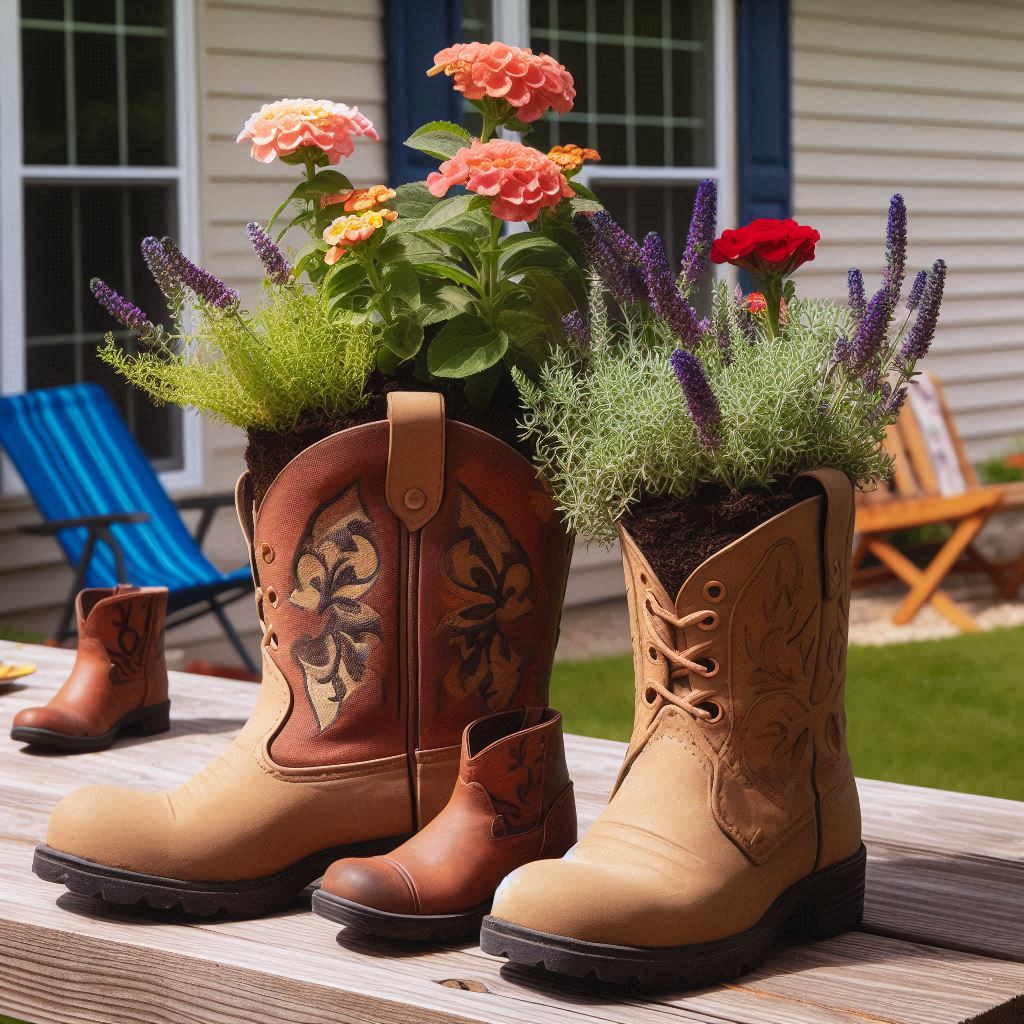
Old rubber boots with a bit of personality can be a quirky and eye-catching addition to your garden. Ensure proper drainage and consider adding a liner to retain moisture.
6. Upcycling Old Baskets
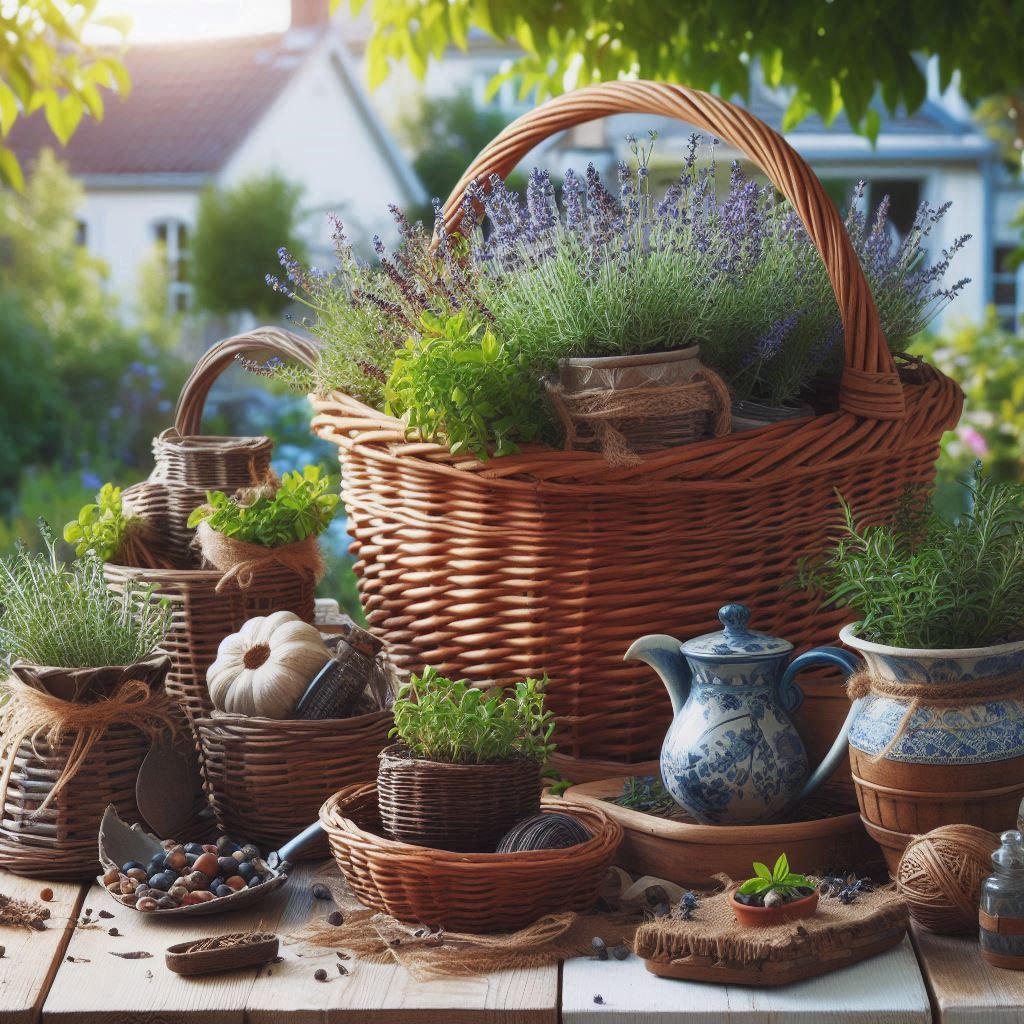
Baskets can be beautiful container options, especially for trailing plants. Ensure the basket allows for drainage, or line it with plastic to prevent excess moisture from leaking. Consider adding a saucer underneath for extra protection.
7. Upcycling Old Chairs
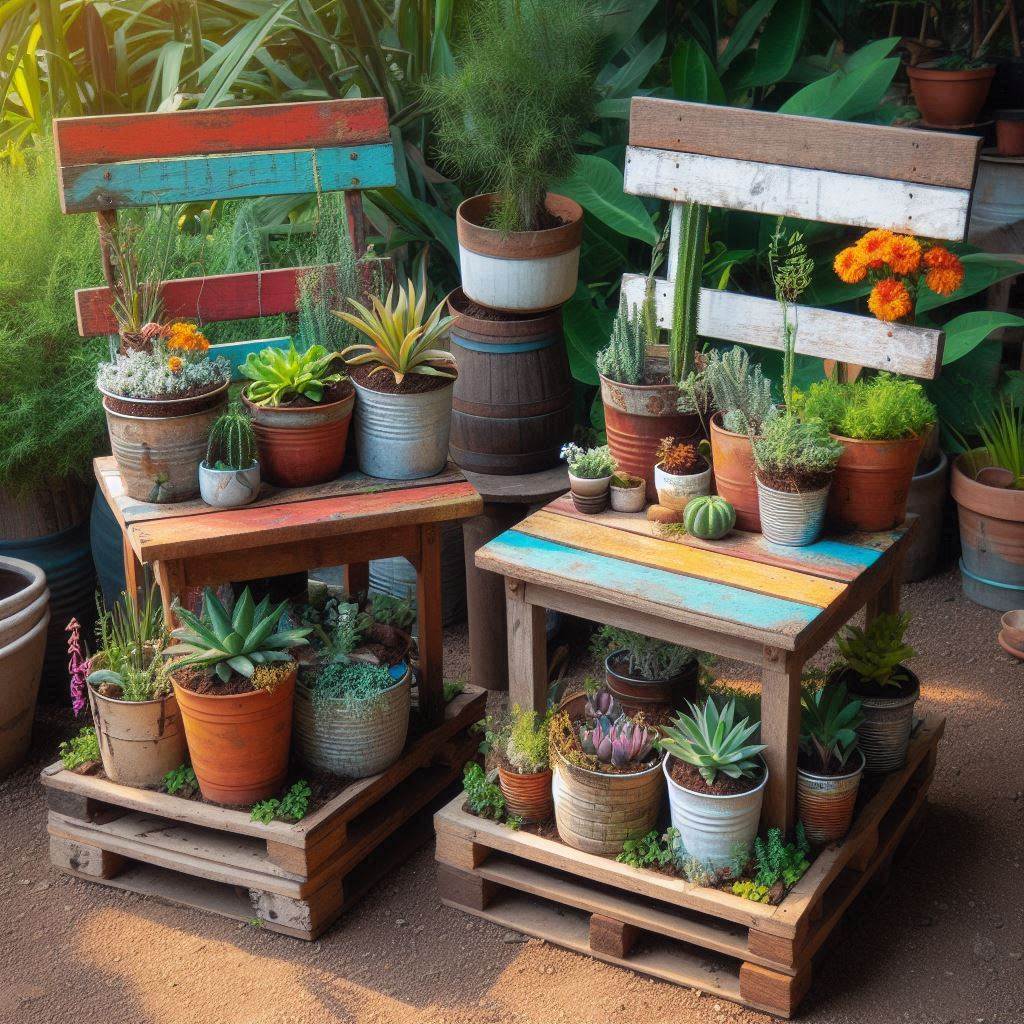
Old chairs with worn-out seats can be repurposed into stunning planters. Remove the seat cushions, line the bottom with plastic, and fill it with potting mix. This is a great option for creating vertical gardens on patios or balconies.
Remember: When upcycling items, ensure they are made of materials that won’t leach harmful chemicals into the soil.
8. Finding Free Containers from Freecycle and Online Classifieds
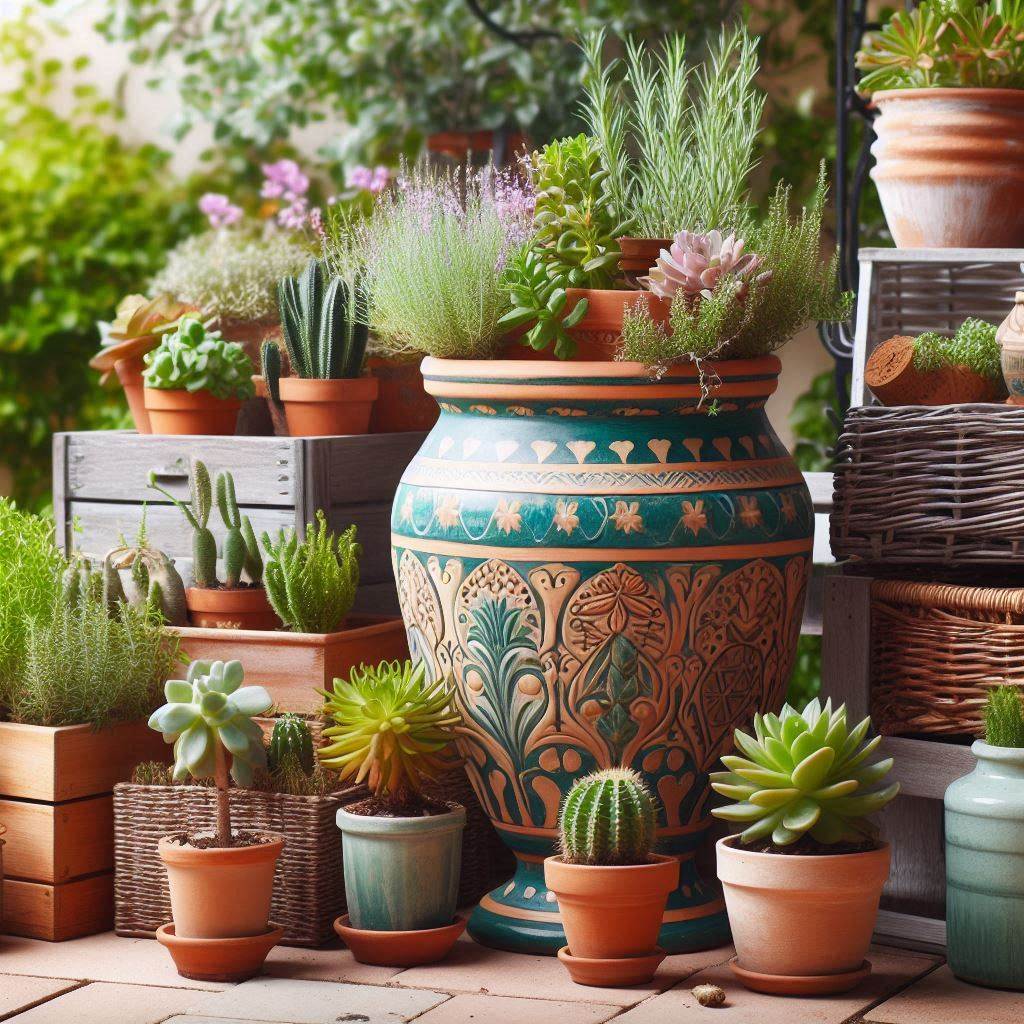
The world outside your home offers a surprising wealth of free container possibilities. Freecycle is a fantastic online platform where people give away unwanted items for free. You might just find a hidden gem – a used planter someone no longer needs. Craigslist’s “free” section can also be a treasure trove. Set up alerts for keywords like “pots,” “planters,” or “containers” to snag the best deals quickly.
Safety Tip: When picking up items from online platforms, always meet in a public place and bring a friend with you if possible.
9. Community Gardens and Local Organizations
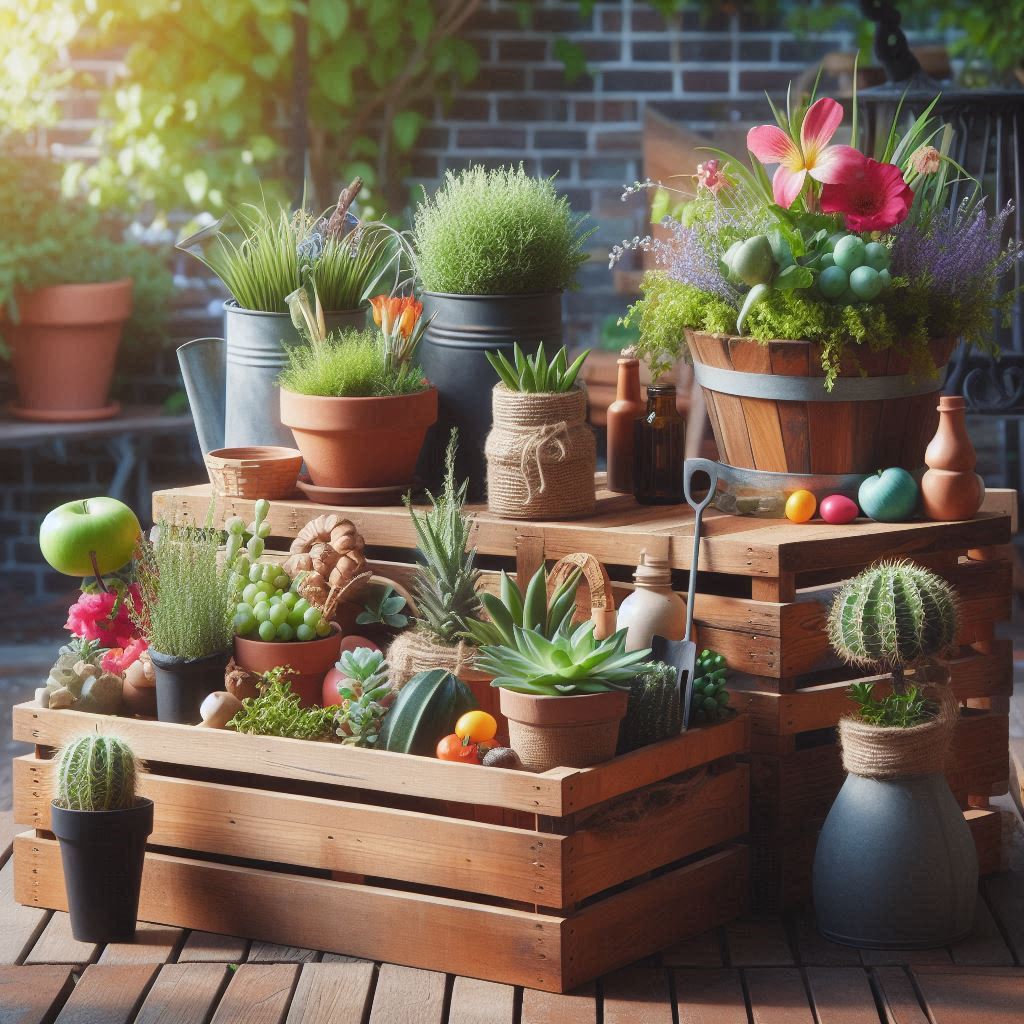
Community gardens often have leftover containers from previous projects or receive donations. Don’t hesitate to ask if they have any spare pots you can use. Local gardening groups or organizations might also have resources or know of places to find free containers.
10. Retail Stores and Restaurants
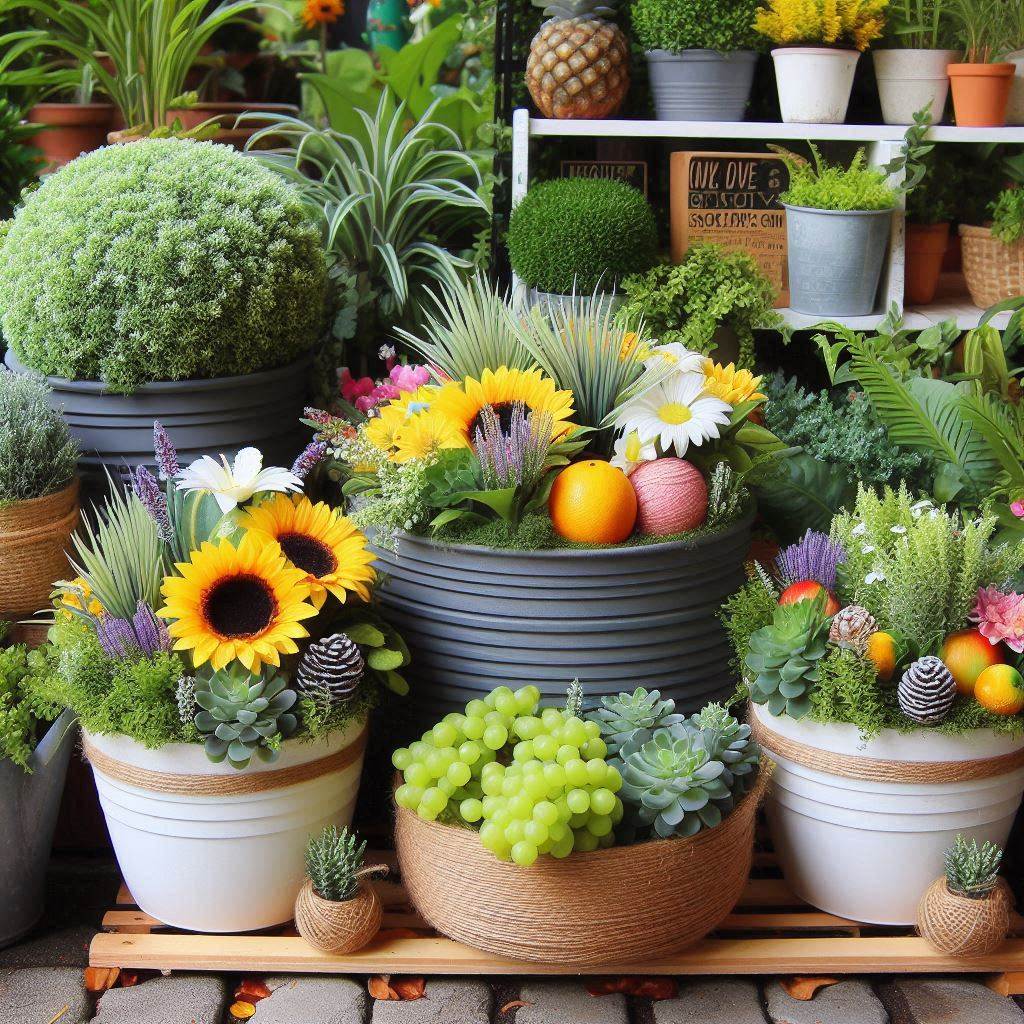
Many stores receive plants in plastic containers that they discard after selling the plants. Politely ask store employees if they have any used plant containers they’d be willing to give away. Bakeries and delis might also have unwanted buckets or food-grade containers that can be repurposed as planters.
11. Finding Free Containers from Construction Sites

Construction sites often have discarded materials, including buckets and barrels. While tempting, be wary of using these containers. They might be damaged, leak harmful chemicals, or harbor pests. It’s best to err on the side of caution and avoid them.
12. Asking Neighbors and Friends
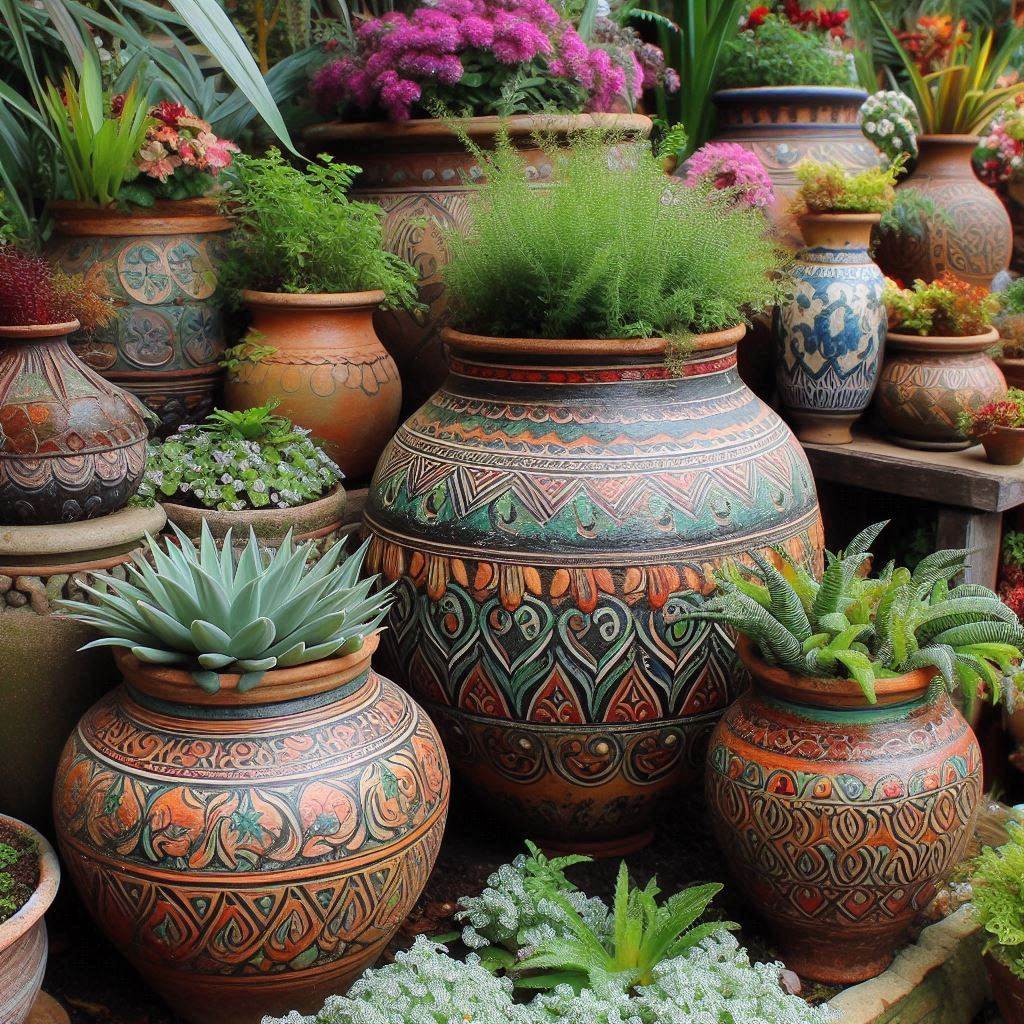
This can be a great option! Reach out to your neighbors or friends and politely ask if they have any unwanted pots or containers sitting around. Many people are happy to declutter, and your request might be just the nudge they need to get rid of some unused items. Offer to pick them up for their convenience to make your request even more appealing.
13. Schools and Universities
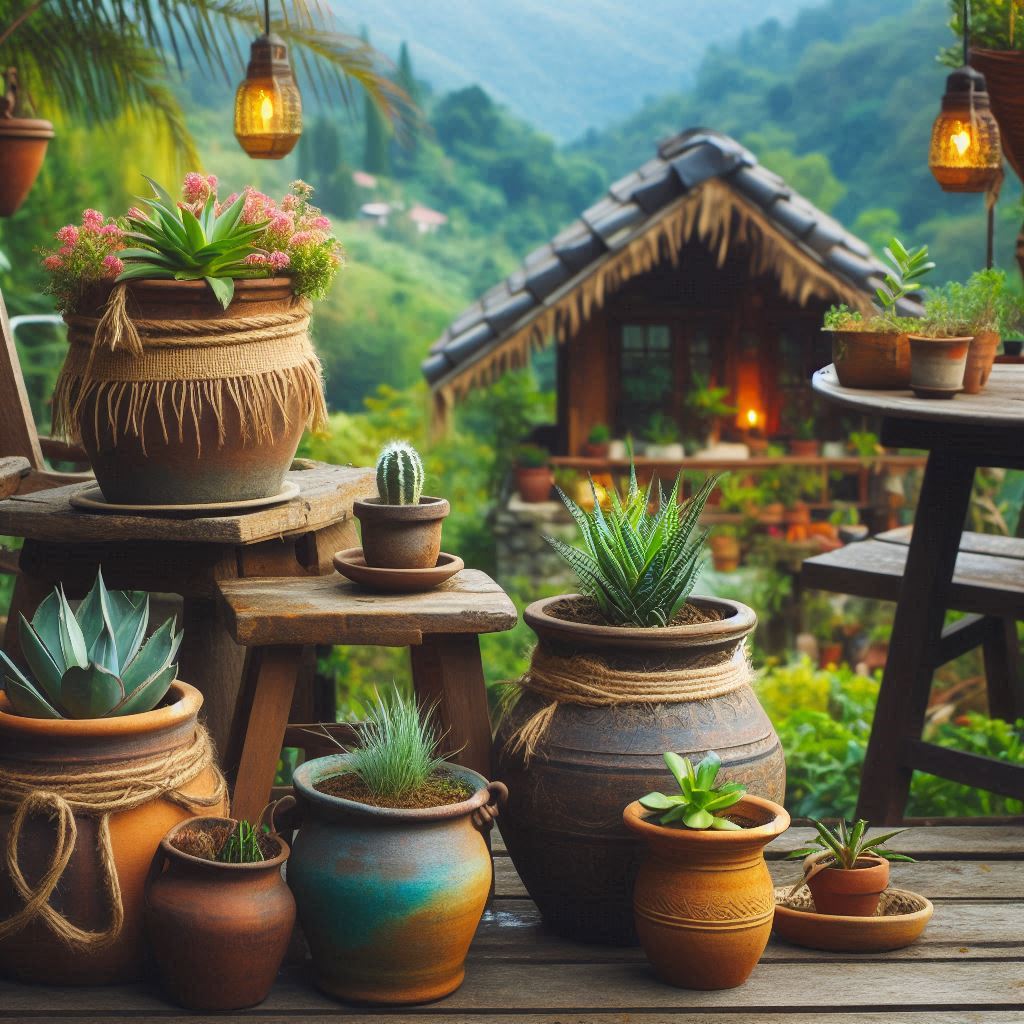
Many schools and universities have gardening programs or greenhouses. They might have leftover or discarded containers they’d be happy to give away. Reach out to the gardening department or facilities manager to inquire politely.
14. Recycling Centers
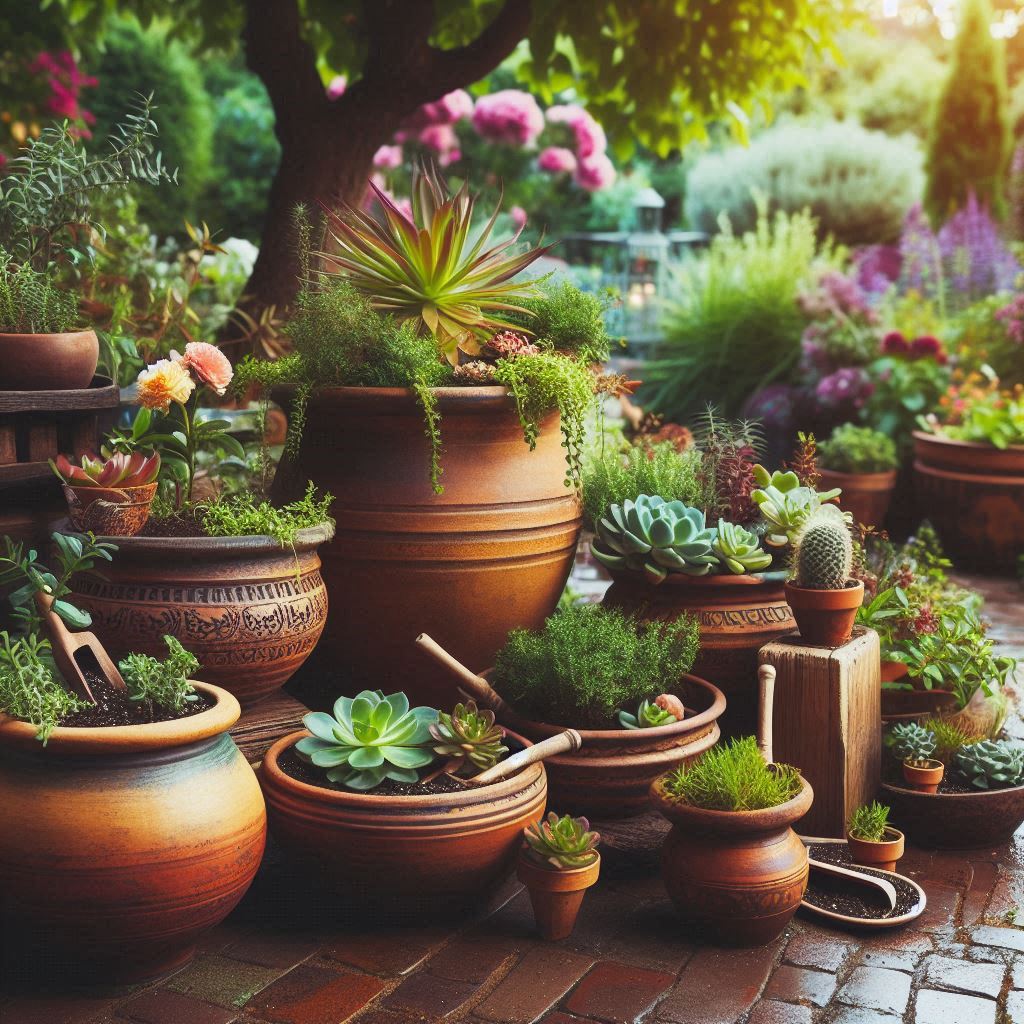
While some recycling centers might not accept used pots, others might have a designated area for unwanted garden items. It’s worth checking with your local recycling center to see if they have any free containers you can use.
15. Office Building Break Rooms
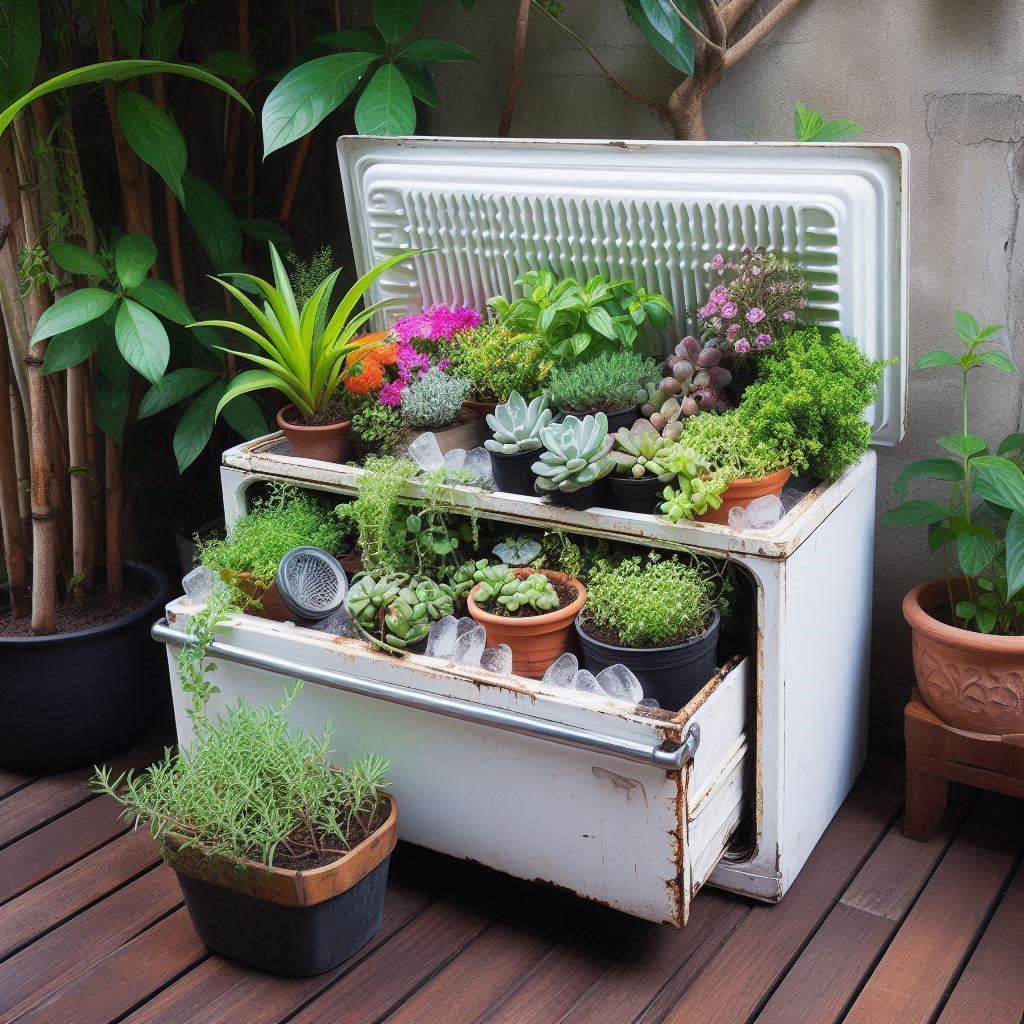
Office break rooms often accumulate used coffee grounds and tea bags. These can be fantastic for composting, which can then be used to enrich the soil in your container garden. With permission, you might even be able to snag some of the empty coffee cans, tea tins, or old freezers for repurposing as planters.
Bringing it All Together: Cultivating Your Dream Garden with Free Containers
Now that you’re armed with a treasure map of free container possibilities, it’s time to start planting! Remember, the key is to be creative and resourceful. Don’t be afraid to experiment with different shapes, sizes, and materials. Here are some additional tips to get you started:
- Drainage is Crucial: Regardless of the container you choose, ensure it has proper drainage. Most plants don’t tolerate sitting in waterlogged soil. If there are no drainage holes, create some using a drill or hammer and nail.
- Lining Up for Success: When using repurposed containers, consider lining them with plastic to prevent leaks and extend their lifespan. This is especially important for containers made of porous materials like fabric or wood.
- Safety First: When using sharp or pointed objects like tin cans, ensure they’re smoothed out and filed down to avoid injuries while planting or handling the container.
- Embrace Imperfections: The beauty of free containers lies in their unique character. Don’t be afraid of a chipped paint job or a slightly mismatched set. Embrace the imperfections and let your creativity shine through!
The Joys of a Free Container Garden Await!
With a little resourcefulness and the tips listed above, you can create a thriving and beautiful container garden on a budget. Remember, gardening is a journey of exploration and discovery. Don’t be afraid to experiment, have fun, and let your creativity blossom alongside your plants. So, grab your free containers, get your hands dirty, and get ready to cultivate a piece of green paradise right outside your door!

